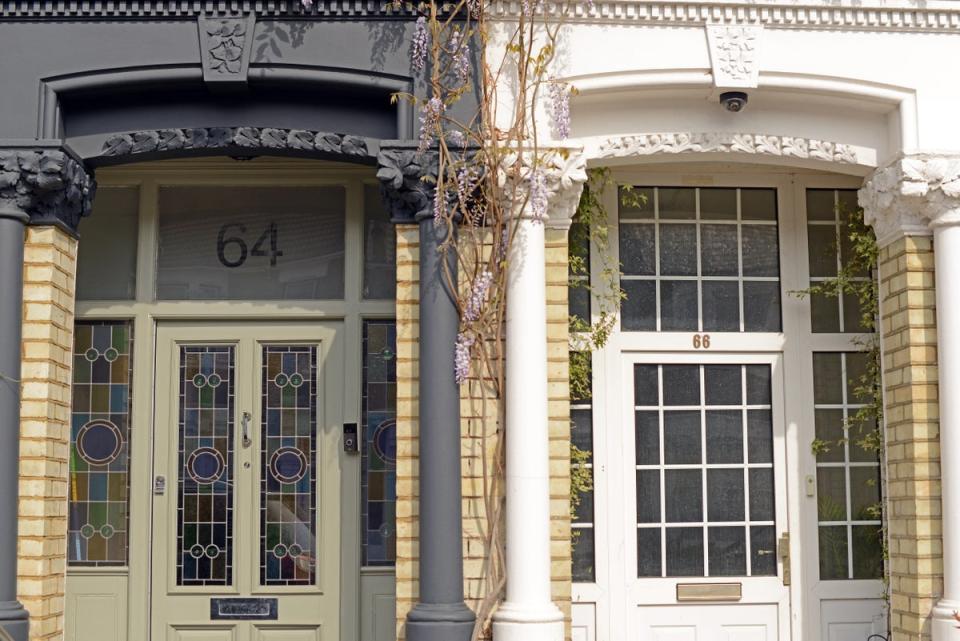What is stamp duty and why do we pay it? The property transaction tax explained

Stamp duty land tax (SDLT) is paid when purchasing any property priced higher than £250,000.
But what is the history of this tax, what does it mean for first-time buyers, and where did it come from?
History of stamp duty
Stamp duty was introduced in England in 1694 during the reign of William and Mary as a transaction tax to raise money for war against France and was raised on goods including hats, newspapers and patent medicines.
Although it has been adopted in many countries around the world, an attempt to enforce the levy in the then British colonies in America contributed to the outbreak of the American War of Independence under the slogan “no taxation without representation”.
How stamp duty has changed over the decades
Home buyers paid one per cent tax on properties costing more than £60,000 until 1997 when then-Chancellor Gordon Brown introduced bands above which higher payments would be charged – the upper band was set at £500,000.
In the intervening two decades, the lower and upper thresholds have been raised in response to rapidly rising house prices.
But the biggest shock to the London property market from SDLT – now payable only on land and property transactions – came in December 2014 when George Osborne abolished the slab structure, introducing progressive charges and increasing the levy on homes costing more than £937,000.
Price of property | Stamp duty payable (until 22 Sept 2022) |
Up to £125,000 | Zero |
The portion from £125,001 to £250,000 | 2% |
The portion from £250,001 to £925,000 | 5% |
The portion from £925,001 to £1.5 million | 10% |
Anything above £1.5 million | 12% |
First-time buyers were declared exempt from stamp duty up to £300,000 on properties costing up to £500,000. If the property price was above £500,000 first-time buyers could not claim any relief.
Anyone buying additional an additional property to their main residence must pay a three per cent surcharge, while non-UK residents pay a two per cent surcharge.
Mr Osborne’s progressive charges meant most home buyers paid less stamp duty, but the new bands and surcharges were blamed for the slowdown of the property market in the multi-million pound price bracket.
Rishi Sunak’s stamp duty holiday
This view was supported by the impact of Rishi Sunak’s stamp duty holiday, introduced to stimulate the property market during the coronavirus pandemic.
There was a reported frenzy of home buying between July 8, 2020 when the holiday was announced, and June 30, 2021, when the benefit started to taper off as people made life changes and traded up the market in the wake of lockdowns.
Boris Johnson’s chancellor waived the tax for all property purchases up to a limit of £500,000, giving home buyers a discount of up to £15,000.
The impact of the tax break was strongest in more expensive transactions, with the biggest boost seen for homes costing between £500,000 and £1.5 million.
How much money does stamp duty raise for the government?
In 2021-2022 the government raised £10.17 million from residential stamp duty receipts. This was a 69 per cent increase on the previous year, when it raised £6 million.
What are the stamp duty charges now?
In his mini budget on September 23, 2022, then-Chancellor Kwasi Kwarteng announced that, effective immediately, the property price at which stamp duty is payable would be doubled to £250,000.
The threshold at which first-time buyers will pay stamp duty is now £425,000 rather than £300,000.
Prior to the Growth Plan, stamp duty relief was not available for any first-time buyer home priced over £500,000. This threshold is now £625,000.
All home movers pay up to £2,500 less stamp duty than before the Chancellor’s mini-Budget. First-time buyers save up to £11,250.
Property purchase price | Stamp duty payable (from 23 Sept 2022) |
Up to £250,000 | 0% |
The portion from £250,001 to £925,000 | 5% |
The portion from £925,001 to £1.5 million | 10% |
The portion above £1.5 million | 12% |

 Yahoo Finance
Yahoo Finance 